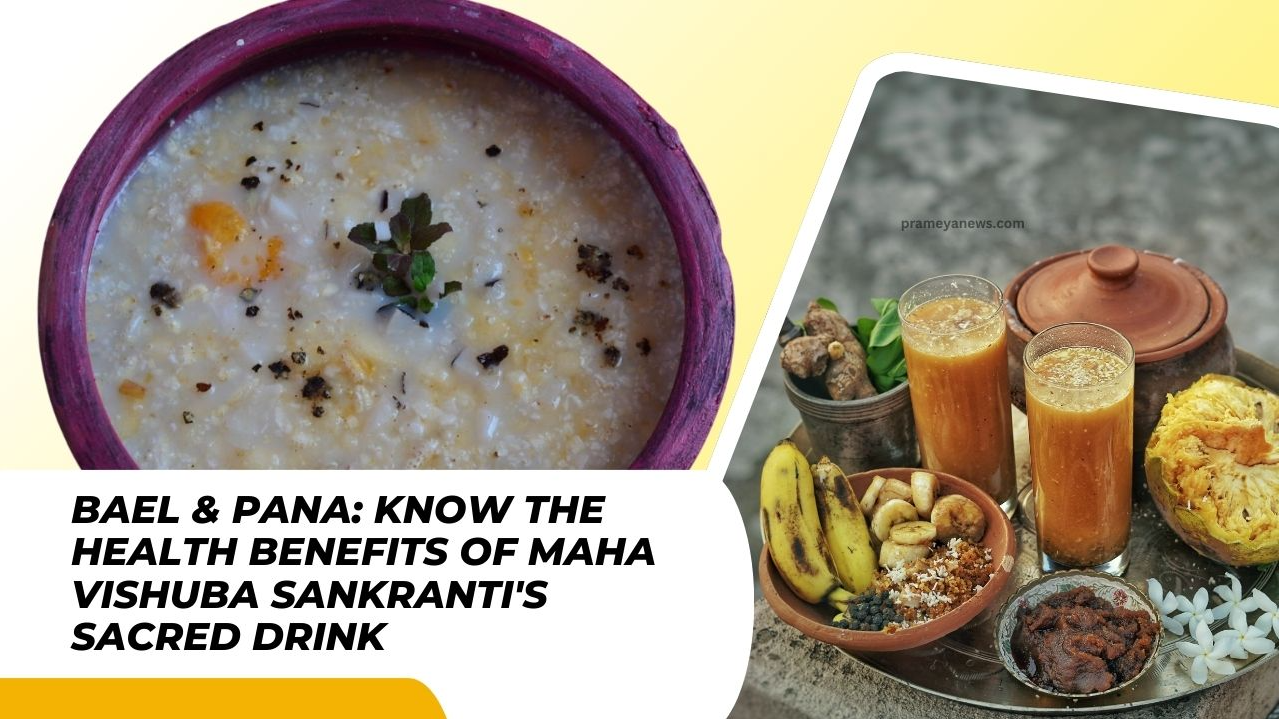

Often found near temples in India, the Bael tree (Aegle marmelos) bears a fruit deeply revered not just for its sacred status but also for its remarkable medicinal properties recognized in Ayurveda for centuries. This fragrant fruit, with its hard, unassuming shell protecting a soft, fibrous pulp, is just the beginning of the plant's story, as its leaves, bark, and roots are also traditionally valued for their healing potential.
A Treasure Trove
Ayurveda utilises virtually the entire Bael plant. The fruit itself is perhaps best known for promoting digestive wellness. It's a go-to remedy for common ailments like diarrhoea, dysentery, and general stomach discomfort. Its cooling properties make Bael juice, or sharbat, a popular and soothing summer beverage, often prepared simply by mixing the pulp with water and a touch of jaggery for sweetness.
Beyond digestion, Bael is traditionally employed for a wide spectrum of health concerns:
Modern Interest and Simple Integration
While many benefits stem from centuries of traditional use, modern research, including studies cited by the National Institutes of Health (NIH), has begun to investigate Bael's antimicrobial, anti-inflammatory, anti-diabetic, and even potential cancer-fighting properties.
Incorporating Bael into a wellness routine can be straightforward. Beyond the specific preparations mentioned, adding Bael pulp to herbal teas or smoothies a few times a week is suggested for general support. The widely enjoyed Bael sharbat, made by mixing pulp with cold water, rock salt, and jaggery, remains a refreshing and healthful option, especially during warmer months.
From soothing an upset stomach to potentially bolstering the immune system and cooling the body, the Bael fruit and its parent plant offer a diverse range of benefits deeply rooted in tradition. It stands as a testament to nature's pharmacy, offering simple, accessible ways to support overall health and well-being.